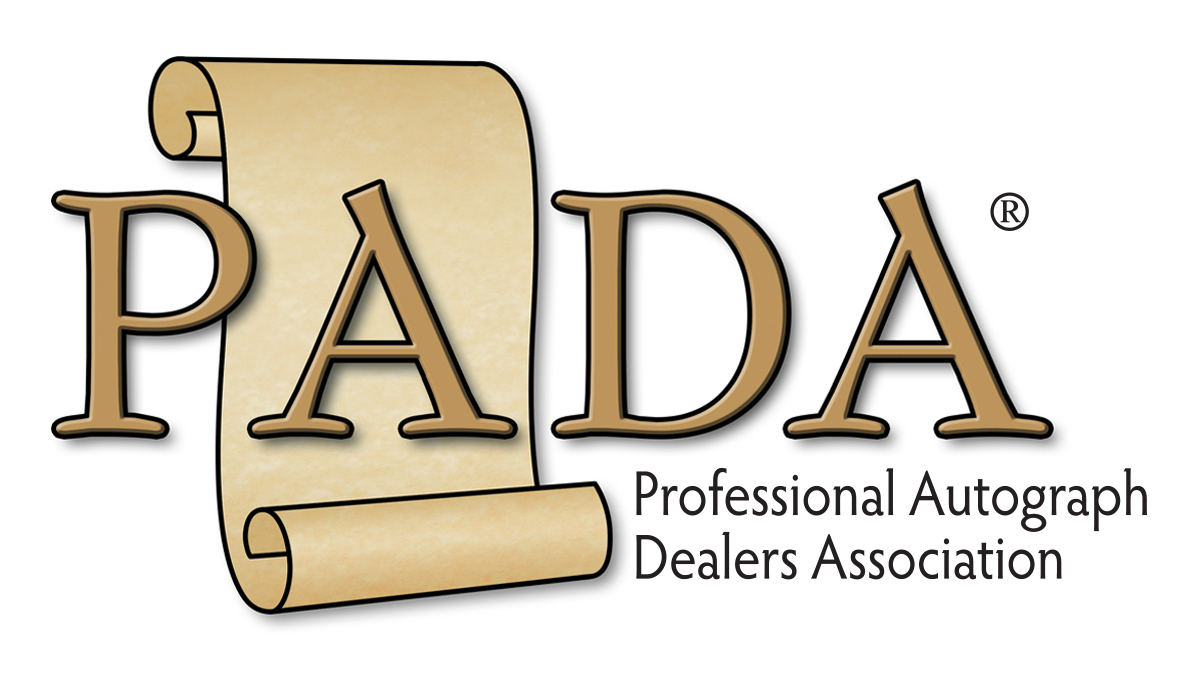2319902
James A. Garfield
Scroll down to see images of the item below the description
Garfield requests a report early in the pivotal year of 1876,
when his political power was on the rise
James Abram Garfield, 1831–1881. 20th President of the United States, 1881. Autograph note signed, J. A. Garfield, one page, on lined paper, 3⅞” x 4¾”, no place [Washington, D.C.], February 25, 1876.
Garfield, an Ohio Republican, sends a note to an unidentified recipient asking for a report. He writes, in full: “Please send me a copy of the last Agricultural Report.” He has dated the piece “Feb. 25 / 76.”
The year 1876 was a pivotal one for Garfield, whose power steadily increased as the year progressed. While the Republicans controlled the House of Representatives, Garfield had chaired the powerful House Appropriations Committee. He lost that chairmanship when the Democrats took control of the House following the Democratic landslide of 1874, but he nevertheless became the acknowledged Republican floor leader because many of his rivals for the leadership had lost their bids for reelection and Maine’s James G. Blaine had been elected to the Senate.
From that point, Garfield only grew in stature. He first supported Blaine for the presidency and then, when Blaine could not get the Republican nomination, he supported Ohio Governor Rutherford B. Hayes, with whom he was also friendly. At Hayes’s request, and to help the party, Garfield ran for reelection and was easily returned to the House.
Because of the partisan fight over the 1876 presidential election, Garfield honored President Ulysses S. Grant’s request that he serve as a “neutral observer” of the ballot recount in Louisiana, one of four states whose votes were in dispute. Subsequently, in the face of contested electoral vote returns from Louisiana, Florida, Oregon, and South Carolina, Congress appointed Garfield to a 15-member Electoral Commission, consisting of eight Republicans and seven Democrats, to review the votes and determine whether they should go to Hayes or to his Democratic rival, New York Governor Samuel J. Tilden. Eventually the commission voted along strict party lines, 8–7—with Garfield always in the majority—to award all of the disputed votes to Hayes, who became President of the United States by one electoral vote.
Garfield, of course, would go on to win the presidency himself and become the second President to be assassinated.
This piece thus is a nice example of Garfield’s holograph from the pivotal year of 1876. Garfield has written and signed in black steel nib pen. The piece has been cleanly removed from a larger document. There are flattened folds. Three holes aligned horizontally in the blank area at the bottom do not affect either Garfield’s handwriting or signature. There is a light ink stain at the bottom edge, and a note in black ink at the top of the back identifies Garfield and shows that his request for the report was “Filled Feb. 25, ’76.” There is faint toning around the edges from prior framing. Overall the piece is in fine condition.







